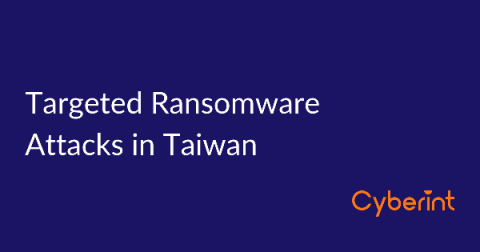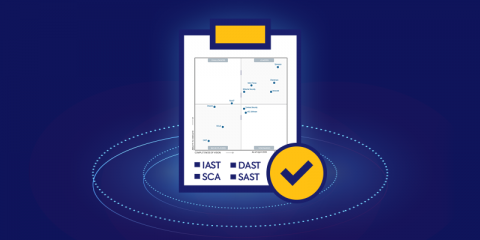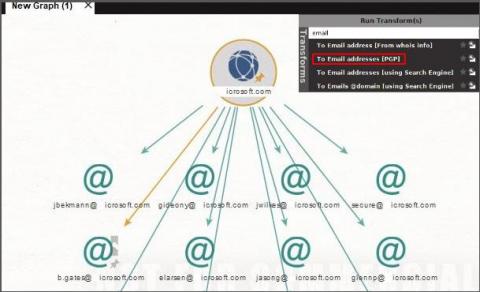Detecting, Reporting and Mitigating Vulnerabilities for Go Modules
Go Module vulnerabilities frustrate the lives of many Go developers and can turn a simple project into a battle of endurance between the dev and their patience. With the process of CI/CD shifting left more and more, it’s becoming even more pertinent for developers to be able to track and report vulnerabilities as early as possible. JFrog GoCenter can help track and mitigate vulnerabilities and make the lives of Go developers easier.











